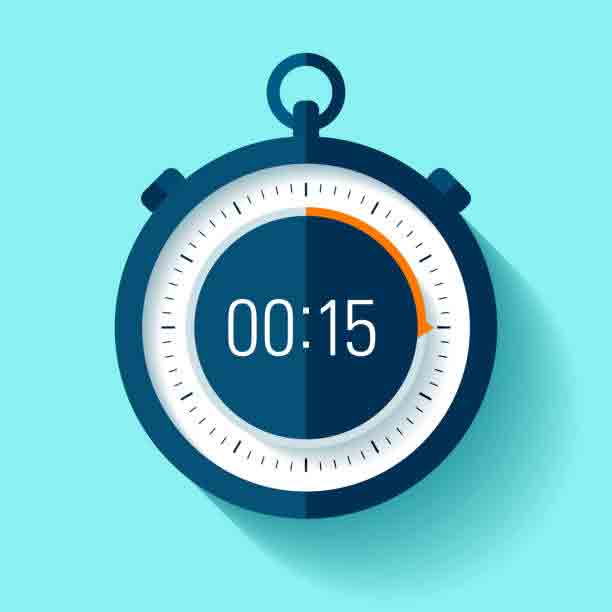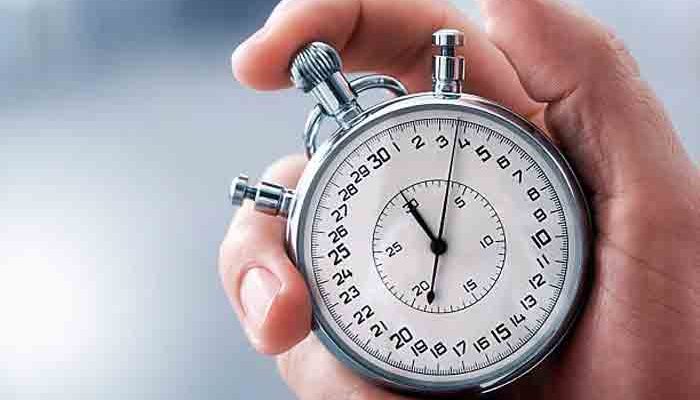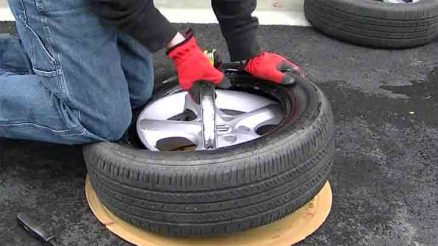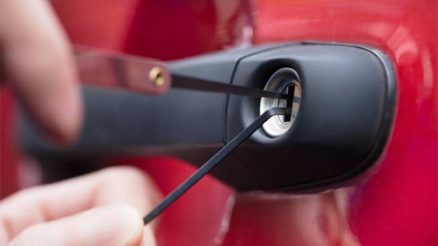Introduction: Timers are a critical part of any process or workflow. They help ensure that tasks occur at the right time, help with scheduling and resource management, and provide feedback for how quickly tasks are being completed. In this blog post, we will discuss what timer is, its functions, common uses of timers, and frequently asked questions about them.
What is a Timer?
A timer is a device that measures and records the amount of time that has passed since it was activated. It can be used to start or stop certain processes or activities at specific times. It can also measure things like speed, frequency, duration, and other measurements related to time. It is often used in industry to keep track of processes or activities throughout a day.

Functions of a Timer:
Timers have several functions that make them an essential tool in many processes or workflows. Firstly, they provide feedback on how much time has elapsed since a task began or ended. This allows users to accurately track when operations need to be completed so they can manage their resources effectively and efficiently. Secondly, timers can be used to schedule tasks so that they occur at specific times or according to deadlines. Finally, timers can also be used to measure the speed at which tasks are being carried out so that adjustments can be made if necessary.
Common Uses of Timers:
Timers are widely used in many industries for various purposes such as production line control, machine monitoring systems, data logging devices for analytics purposes and alarms for warning/notifications when something needs attention. In addition to industrial applications, timers are also commonly used in everyday life such as kitchens with appliances equipped with timer settings like ovens or microwaves; sports clocks; time tracking tools; watches; smart home systems; online shopping carts; gaming consoles; traffic lights; exercise apps; etc.
What type of timer should I use?
The type of timer you should use depends on your specific application needs. Some common types include mechanical timers (the classic wind-up timer), digital timers (which come with programmable features), analog timers (which require manual adjustment for each setting change), and interval timers (used for tracking intervals between events).
How do I set up my timer?
The setup process varies depending on the type of timer live you’re using but typically involves connecting power to the device if needed (e.g., plugging it into an outlet), programming it with the desired settings (e.g., duration/interval length/start/stop times), ensuring accurate calibration/alignment of hands/pointers (if applicable), then testing it by running it through its intended operation cycle(s). Depending on the complexity of your device’s settings you may need additional assistance from an experienced technician or user guide manual provided by the manufacturer before attempting setup yourself.
Conclusion:
Timers play an important role in many different applications across industries and everyday life alike by providing feedback on how long activities take, scheduling tasks according to deadlines, measuring speeds accurately and other useful functions related to timekeeping! While setting up a timer may seem simple enough there are many nuances involved which could result in costly errors if done incorrectly always consult an expert before attempting setup yourself!

Jerry Martinez is a professional artist. He lives in California with his family. Throughout his life, he has always been captivated by images. Naturally, he was drawn to art. So he opted to take his Bachelors Degree in Fine Arts from Otis College of Art and Design. After completing his degree, He concentrated even more into his art practice. He is a father of three children, ranging in age from 3 to 12 years old. They love outdoors activities; biking, camping, walking and playing football. Jerry Martinez is a music lover and love to listen to metallic songs.






